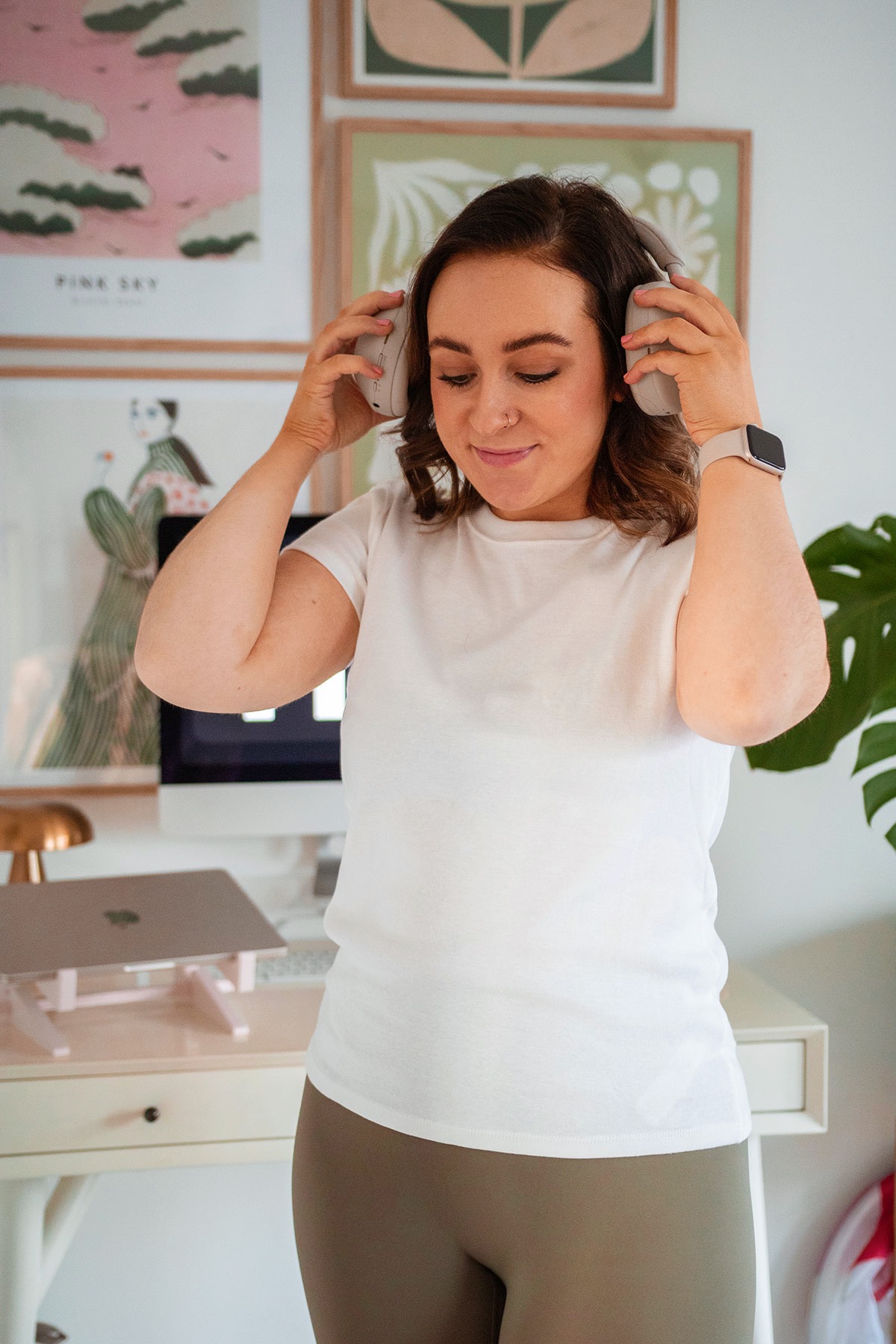
For years, aesthetic wellness and “self-care” brought to mind candles, bath bombs, and bathtub time. But in 2025, the term evolved. Aesthetic wellness now is about combining beauty, functionality, and inner harmony into the fabric of one’s life. It’s not about excess; it is about conscious, whole-body-and-mind care. From biohacking the skin to sensory-conscious experience, self-care is now closely linked with long-term wellness, not fleeting relaxation.
The Evolution of Self-Care: From Pampering to Purpose
Self-care used to mean escape – a fleeting respite to block out stress without dealing with or resolving it. Those days are gone. The new aesthetic wellness mentality blends inner growth with outer beauty. Rather than short-term indulgence, it now focuses on habits and tools that promote long-term well-being.
This development reflects a transformation of societal priorities. Aesthetic well-being is not simply about appearance but about feeling comfortable in one’s body. It encompasses maximizing sleep, incorporating nature, practicing mindfulness, and employing intelligent tools that enhance the way we live. In that sense, a lot of people are reassessing daily rituals, including skincare and what we inhale.
For example, contemporary wellness practices commonly involve the application of vapor therapy, whether for aromatherapy, stress management, or lung health. If you wonder how vaporizers work, vaporizers work by heating a material – usually herbs or essential oils – to the point where active ingredients are produced as vapor, not through combustion. This way decreases dangerous byproduct exposure and is part of a more conscious, body-friendly self-care approach.
Aesthetic Wellness: Not Skin Deep
There’s an increasing awareness that wellness and aesthetics are not at odds, however. Having self-esteem and feeling in tune with how one looks is very important to mental health. But it’s not simply about running after beauty fads. These days, functionality and nature are the focus.
Skin is being addressed as an indicator of interior health. Rather than depending only on cosmetics or procedures, individuals are concentrating on lymphatic drainage, low-toxicity living, gut health, and hydration. Nutraceuticals, anti-inflammatory diets, and even technology-based treatments such as red light therapy are entering individuals’ habits.
Additionally, stress is no longer relegated to being an intangible nuisance. It’s addressed as a real obstacle to health. Techniques such as fascia release, conscious breathing, and even design principles of minimalism in domestic settings all support a more integrated aesthetic way of living.
Multisensory Wellness: The New Frontier
One of the most intriguing things about aesthetic wellness in 2025 is focusing on sensory wellness. Individuals are finally recognizing the impact that sound, light, odor, and touch have on emotional balance and bodily energy.
● Smell: Aromatherapy isn’t new, but it’s changing. Essential oil dispersal devices are now designed for the size of the room, enhancing mood, and even for respiratory issues. Vaporizers and diffusers are not only therapeutic but also more of a design aspect, fitting well within contemporary interiors.
● Sound: Sound baths, nature sound loops, and binaural beats are used extensively now to soothe the nervous system and even enhance sleep. Healers’ headphones that dispense healing frequencies or white noise are being used in nighttime routines and meditation.
● Touch: Textured surfaces, grounding mats, and even fabrics on daily clothing are being utilized to control the nervous system and reawaken people to body awareness.
This multisensory attention is an acknowledgment of a deeper understanding: that humans are not merely minds in motion but living, sensing creatures who respond viscerally to our worlds. And aesthetic wellness attempts to heighten these mundane interchanges.
Emotional Hygiene: The Missing Piece
Emotional health is finally getting its due in the world of self-care. Though outer appearance is still part of the discussion, it is no longer the all-consuming focus. Rather, activities such as journaling, cognitive restructuring, and digital detoxes are being adopted not as an afterthought but as fundamental pillars of a good life.
Gratitude, mindfulness, or emotional check-in apps and tools are growing more mainstream. More importantly, there’s a general migration toward decreasing the “noise” of overconsumption, eliminating what doesn’t benefit one’s mind or mood, from social media to a cluttered living room.
This is where the aesthetic aspect comes full circle: tidy spaces, gentle lighting, and thoughtfully designed digital interactions are not only considered pretty but good. They reinforce serenity, mitigate information overload, and contribute to a lifestyle that promotes long-term peace of mind.
Conclusion: A Lifestyle, Not a Luxury
Aesthetic well-being in 2025 is more about vitality than vanity. It acknowledges that we are intensely sensory, intensely emotional human beings, and becoming whole entails looking after more than our reflection in the mirror.
By moving beyond the surface-level cliche of self-care, this contemporary approach allows people to connect their habits with their deeper values. Whether it’s learning about how vaporizers function to create a soothing environment, selecting nutrient-rich foods for skin well-being, or creating an atmosphere that brings happiness and quiet, aesthetic wellness is becoming a lifelong process, not an occasional indulgence.

